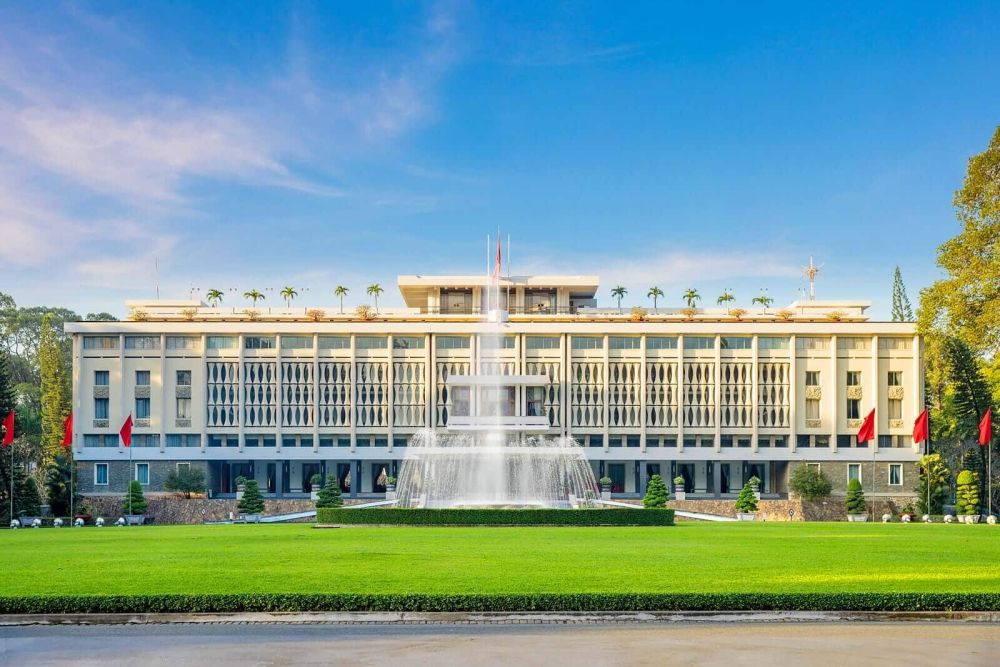

Reunification Palace, also known as Independence Palace, is a landmark in Ho Chi Minh City, Vietnam, that carries with it a rich tapestry of history and serves as a symbol of the country's turbulent past. The site has played a significant role in Vietnam's tourism evolution and remains a poignant attraction for those seeking to understand the country's history.
The original structure on this site was the Norodom Palace, which was built in 1868 during the French colonial period. It was intended to serve as the residence of the French Governor-General of Indochina. Over time, as the anti-colonial sentiments and struggles for independence grew stronger, the palace stood as a reminder of foreign influence and control.
In 1962, Norodom Palace was almost entirely destroyed in an assassination attempt against the then president of South Vietnam, Ngo Dinh Diem. In its place, a new building, known today as the Reunification Palace, was constructed and completed in 1966. It served as the presidential home and workplace until the end of the Vietnam War in 1975.
The fall of Saigon on April 30, 1975, marked by a North Vietnamese tank crashing through the palace gates, is an iconic moment in history. This event is immortalized in countless photos and signifies the end of the war and the beginning of the reunification process for Vietnam. The palace was subsequently renamed to signify this landmark event.
As Vietnam opened its doors to the world and tourism began to flourish in the late 20th century, the Reunification Palace quickly became a focal point for visitors wanting to better understand the struggles of the Vietnamese people. It was transformed into a museum and public space, largely kept as it was during the final days of the South Vietnamese regime.
Visitors can explore the basement tunnels, war command rooms with original maps and communication equipment, the presidential receiving rooms, and the rooftop heliport. The palace's architecture and interior design reflect the 1960s era, providing a window into the past for history buffs and cultural enthusiasts alike.
Today, Reunification Palace remains an essential part of any visit to Ho Chi Minh City. It is emblematic of both the resilience and sorrow of the city's recent history. Tourists often couple visits to the palace with other significant nearby historical sites, such as the War Remnants Museum and the Cu Chi Tunnels.
With the rise of experiential and educational tourism, travelers are now seeking more in-depth and authentic experiences. In response, Reunification Palace has placed a greater emphasis on guided tours, allowing visitors to gain a deeper understanding of the historical context and significance of the site. Special exhibitions and discussions on the Vietnam War and its global impact also form part of the evolving experience for tourists.
In conclusion, the Reunification Palace continues to be a crucial part of Vietnam's tourism industry, providing insight into the nation's history and culture. Its position as a historical landmark in Ho Chi Minh City ensures that it remains an enduring attraction for tourists from all over the world.